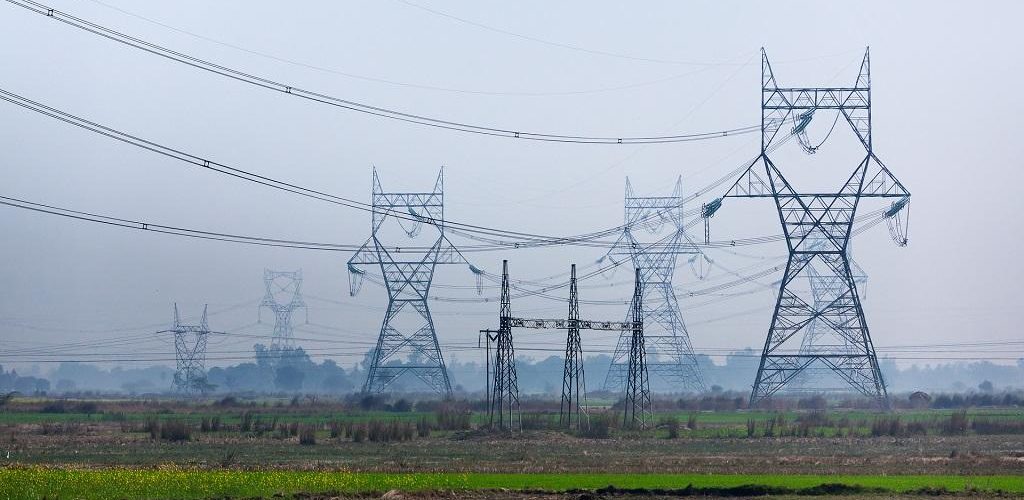New Delhi: India’s total energy subsidies amounted to Rs 151,480 crore ($23 billion) in financial year 2016-17, a 36 per cent decrease since financial year 2013-14, according to a report by the International Institute of Sustainable Development (IISD) and the Council on Energy, Environment and Water (CEEW).
Renewable energy subsidies increased six-fold since 2014, including an increase of Rs 5,770 crore ($0.8 billion) from fiscal year 2016 to fiscal year 2017.
“A growing share of subsidies are dedicated to making India’s energy mix cleaner. Despite this, subsidies to oil, gas and coal were more than three times the value of subsidies to renewables and electric vehicles in India in fiscal year 2017,” said Vibhuti Garg, associate, IISD.
She added that the government must redirect more subsidies to cleaner energy sources to achieve its goals of cutting greenhouse gas emissions and air pollution, as well as to exceed the 175 GW target for renewable power by 2022. “In FY17, support for coal alone (Rs 15,990 crore) exceeded that for renewable energy (Rs 15,000 crore),” Garg said.
According to the report, India’s fossil-fuel subsidies fell sharply by nearly 70 per cent, from Rs 1,73,330 crore ($29 billion) in financial year 2013-14 to Rs 52,980 crore ($8 billion) in financial year 2016-17.
It added that between fiscal year 2016 and fiscal year 2017, fossil-fuel subsidies declined by Rs 12,270 crore ($2 billion). The decline was driven by lower world oil prices during this period and reforms to subsidies for consumption of petrol, diesel, cooking gas and kerosene.
“Volatile oil markets remain a risk for budget blow-outs in consumer subsidies. Higher import prices result in rising subsidy bills for cooking gas and kerosene. At the same time, tax cuts on gasoline and diesel during these times impact government revenue,” said Abhinav Soman, programme associate, CEEW.
He added that a concerted shift to public transportation, electric mobility and supporting renewable energy application beyond the generation of electricity, would reduce import dependency and the subsidy burden in the long run.
According to the report, coal subsidies (mining and power generation) amounted to Rs 15,990 crore ($2.4 billion) in fiscal year 2017, a rise of Rs 1,150 crore ($116 million) between fiscal year 2016 and fiscal year 2017. The biggest coal subsidies were tax breaks that reduce the cost of coal to power plants.
“Financial incentives to the coal sector risk further entrenching fossil-fuels in India’s energy mix. There are signs of overinvestment already, as well as evidence of coal’s negative impacts on human health and the environment,” said Garg.
The electricity sector saw the single-largest increase in subsidy support between fiscal year 2016 and fiscal year 2017 of Rs 20,800 crore ($3.3 billion). These subsidies compensate electricity companies for keeping consumer prices below cost and accounted for half of India’s energy subsidies in fiscal year 2017 (Rs 72,439 crore or $11.2 billion).
The IISD-CEEW report also highlighted potential shifts in India’s energy subsidies for FY18. It said, “The electricity subsidies would be larger, at around Rs 81,000 crore ($12.5 billion). Reforms associated with the goods and services tax could see tax breaks for coal and renewables decline by about Rs 2,000 crore ($310 million) each though total tax subsidies to coal remain large compared to renewables.”
It further added that the largest subsidy for renewables, “viability gap funding,” was likely to decline in line with increasingly competitive pricing for renewables.
“Even though utility-scale solar and wind projects have achieved grid parity in India, certain clean technologies still require budgetary support from the government. They include offshore wind, energy storage and electric vehicles. In addition, subsidies to cover integration costs could potentially accelerate uptake of renewables,” said Soman.
Consumption subsidies comprise over two-thirds of India’s energy subsidies. In the case of cooking gas and kerosene, these subsidies are linked to world oil markets. Better targeting of these subsidies to the poor would be key to reigning in expenditure, while still directing support to those most in need. [-
[ETEnergyWorld]
















Add comment